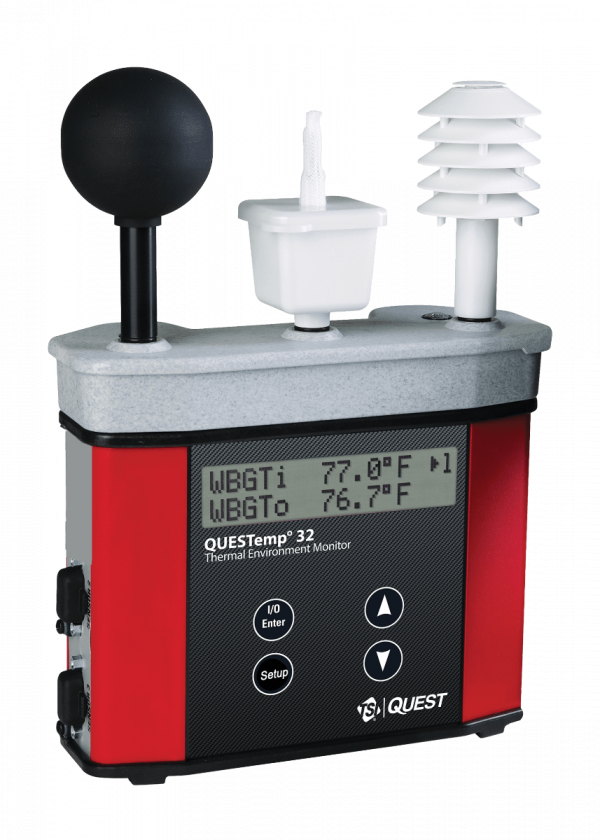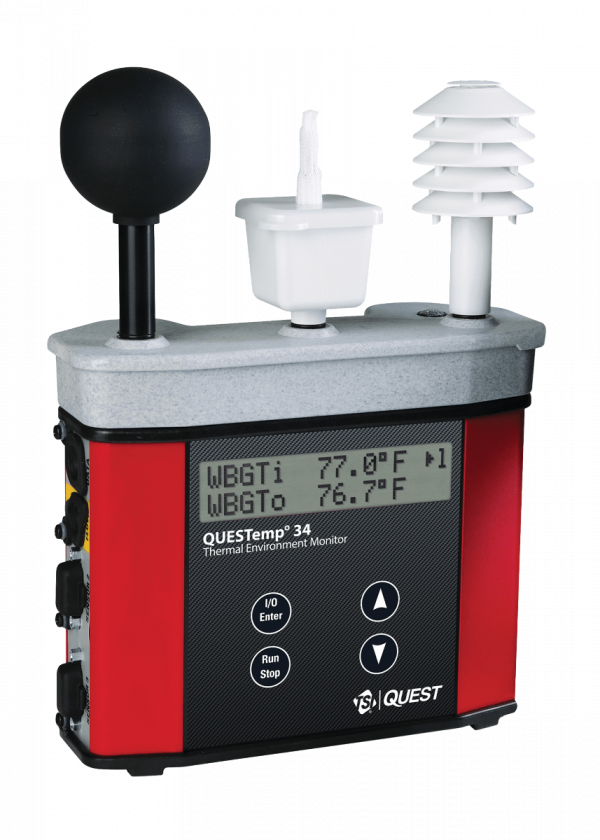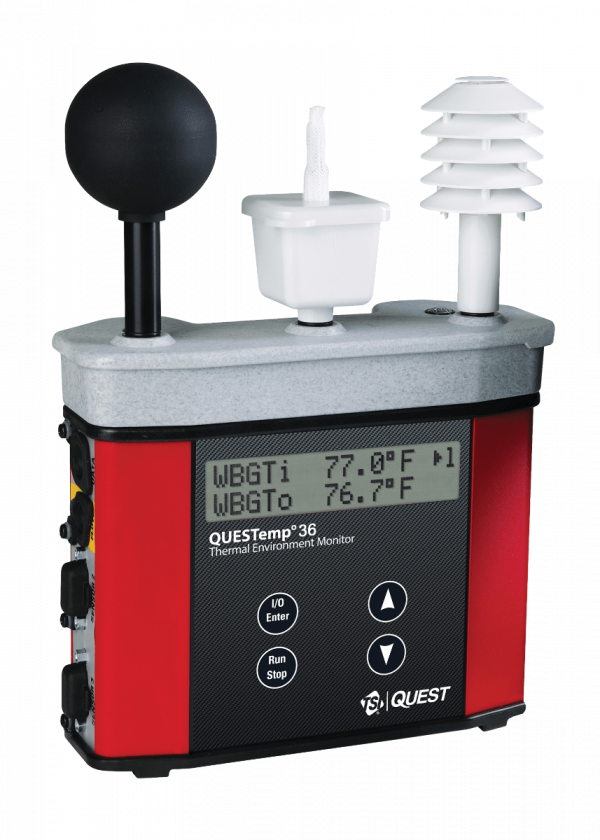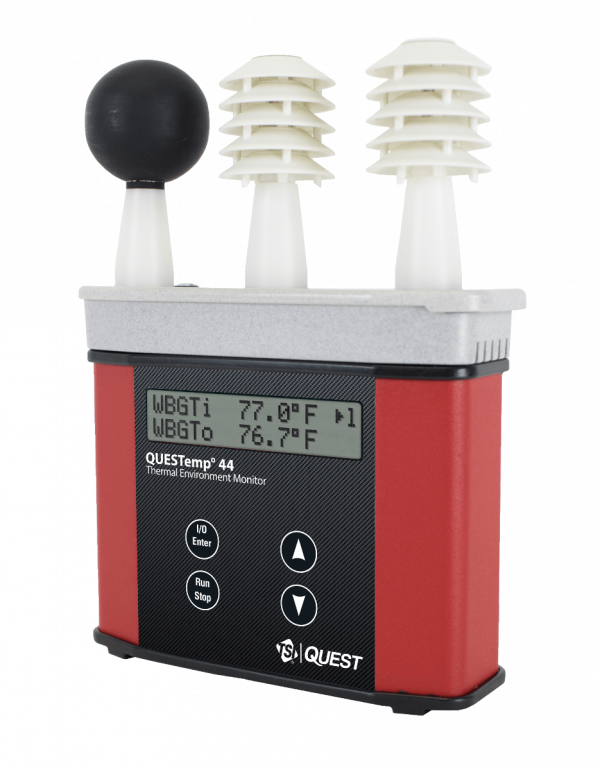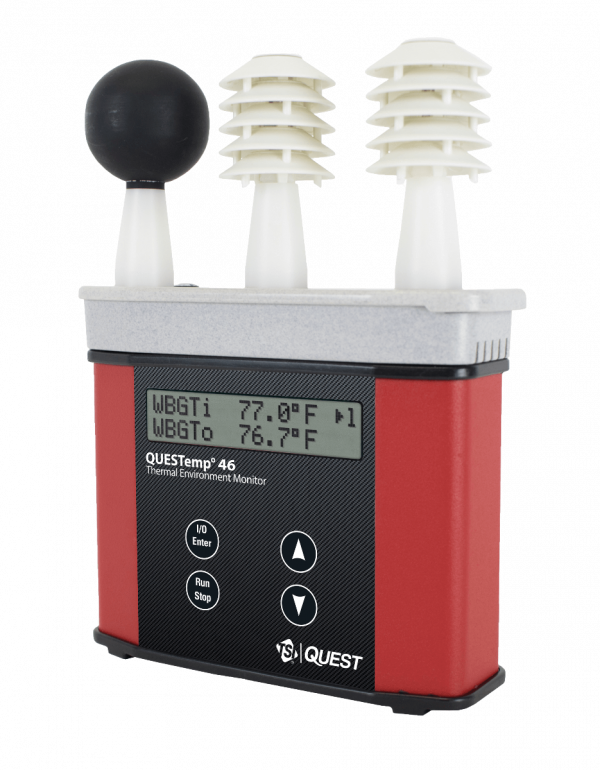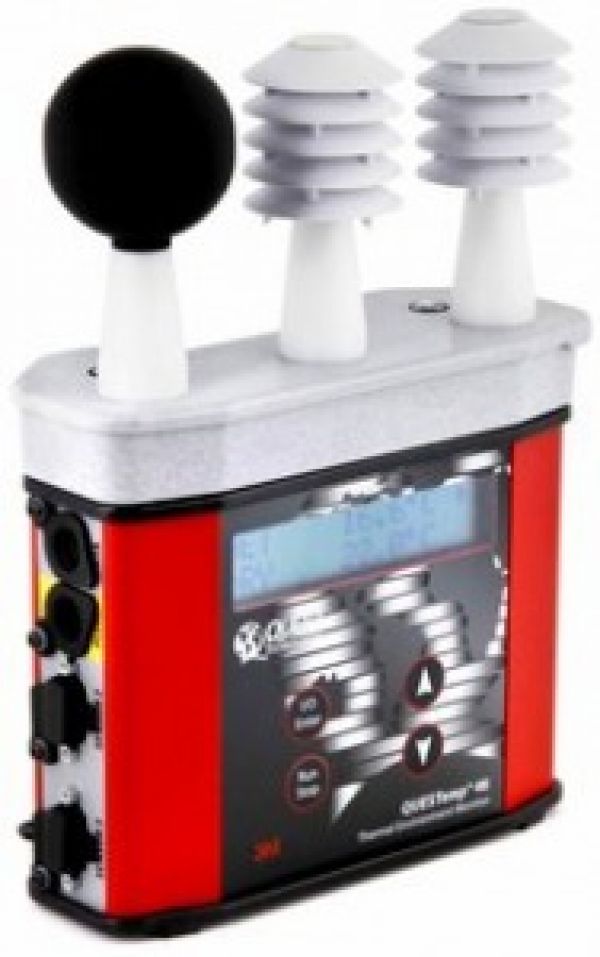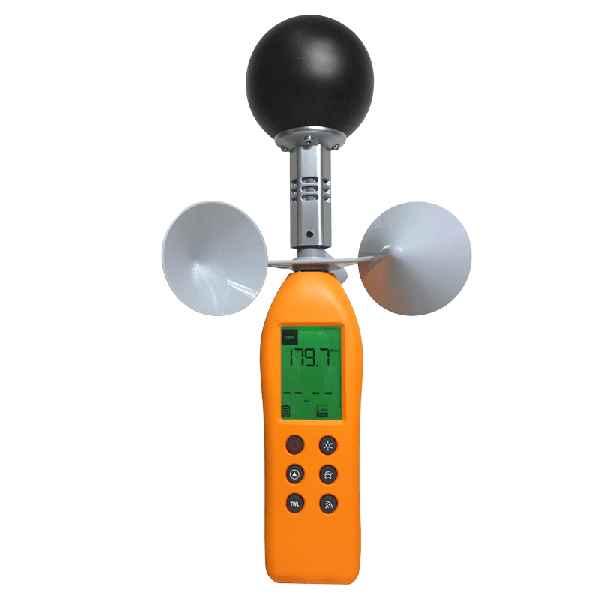Heat Stress Monitors
Heat stress is a term that covers multiple illnesses that occur when the body is unable to cool itself enough to maintain a healthy temperature causing a variety of conditions that range from mild discomfort to life-threatening. Posing a risk to the personal safety of workers, these illnesses need to be taken seriously. Common across Australia, heat stress affects workers in a range of industries and can be managed by conducting risk assessments with heat stress monitors to maintain safe working environments.
Air-Met Scientific provides a range of Heat Stress Monitoring equipment that is available for sale and rental. Contact us today to enquire about your needs for monitoring heat stress.
Performing a Heat Stress Risk Analysis
Whilst heat-related illnesses are most common in industries that involve outdoor labour, such as mining, agriculture, refineries and construction, heat stress can also affect workers in indoor environments such as in manufacturing. This can be due to poor work conditions such as inadequate ventilation, as well as via hot air radiating off machinery. Heat stress monitors provide users with a range of parameters such as temperature, relative humidity, wind speed, thermal work limit (TWL) and wet bulb temperature to assist in understanding the workplace conditions and potential dangers. Data collected as part of the heat stress assessment can then be used to implement the appropriate safety controls and processes to ensure the safety of workers.
Heat Stress Indices: WGBT and TWL
Monitoring environmental working conditions for heat stress indices is important to ensure safe working conditions when working in hot environments. Two of the most common heat stress indices used to conduct risk assessments in Australia is the Wet Bulb Globe Temperature (WBGT) Index and the Thermal Work Limit (TWL) index.
Wet Bulb Globe Temperature is an indicator of the stress on the body from the heat. The index takes into account several variables including:
- Temperature
- Wind speed
- Radiant heat
- Humidity
With high-performance WGBT sensing technology, calculating WGBT is now quick and simple with the QUESTemp Series of Heat Stress Monitors such as the QUESTemp QT-32 Portable Heat Stress Monitors. As part of any comprehensive risk assessment, it is important to consider personal risks such as the individual needs of each worker, physical fitness, workload, and clothing worn, then adjust the assessment as necessary.
An alternative index is Thermal Work Limit (TWL), which is a measure of wet and dry bulb temperatures, wind speed and radiant heat. The index predicts the maximum level of work that can be carried out in a particular environment without workers exceeding a safe core body temperature. In excessively hot environments, the index can determine the safe work conditions, whilst ensuring work efficiency. Thermal work limit can be measured with an instrument capable of measuring TWL, such as the Scarlet Tech TWL – 1S Heat Stress Monitor.
Although essential, heat stress management is often viewed as time consuming and complex however with the right instrumentation, conducting heat stress assessments is easy and simple Air-Met Scientific’s range of heat stress monitors are sourced from industry leading suppliers and are available for sale or rental.
Contact your local Air-Met Scientific office to discuss your heat stress monitoring requirements.

